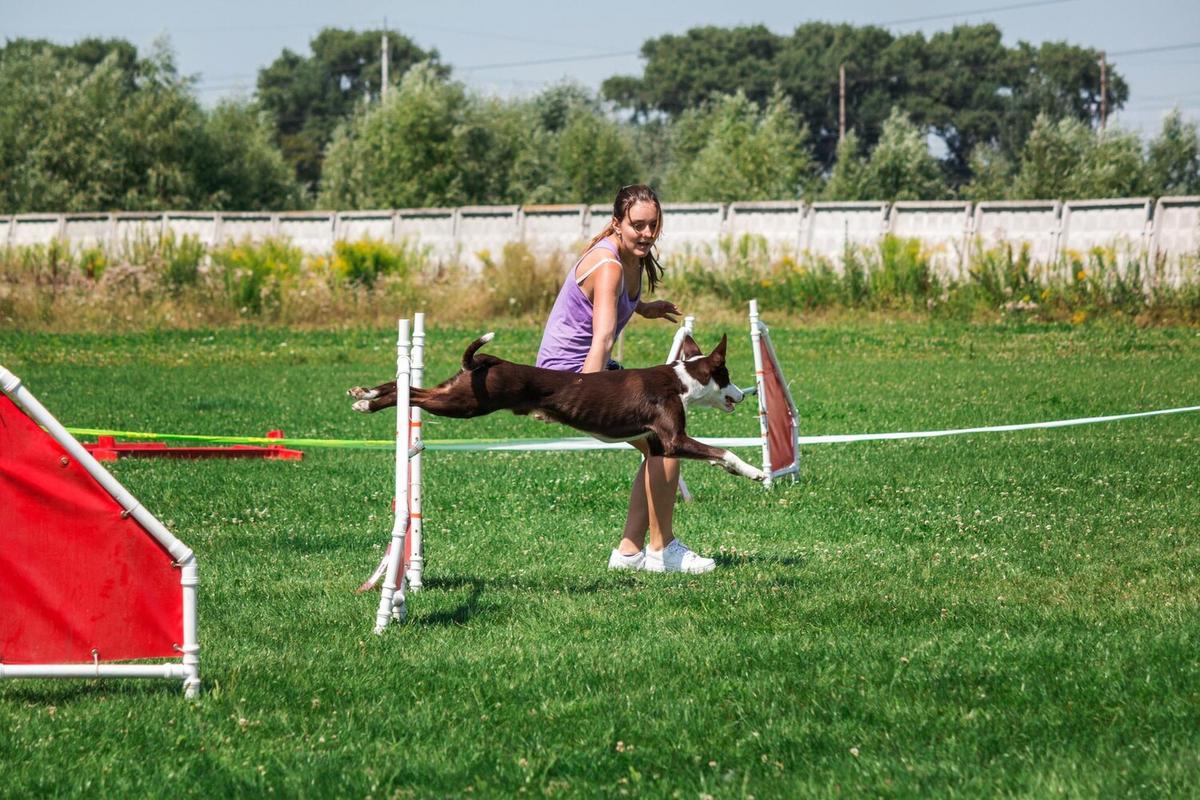
Is Your Dog Ready for Advanced Training? Signs to Look For
As a devoted dog owner, you’re likely always on the lookout for ways to enhance your furry friend’s life. One way to do this is by considering advanced training, which can be a rewarding challenge for both you and your pet. But how can you tell if your dog is ready to take on this next level? Let’s explore the signs that indicate your dog might be prepared for advanced training.
Understanding Advanced Training
Advanced training goes beyond basic commands like sit, stay, and come. It involves more complex tasks and can include activities such as agility training, scent work, or even specialized skills like therapy dog work. Before diving into this, it’s essential to ensure your dog is prepared for the additional mental and physical challenges.
Key Signs Your Dog is Ready
- Mastery of Basic Commands: Your dog should consistently follow basic commands without hesitation. This shows a solid foundation on which to build more advanced skills.
- Age and Health: Mature dogs with good health are generally better candidates for advanced training. Puppies might lack the focus required, while older dogs might face health limitations.
- Enthusiasm for Learning: A dog that enjoys training sessions and approaches them with enthusiasm is more likely to thrive in advanced training.
- Ability to Focus: Dogs that can maintain focus despite distractions are prime candidates for advanced training, as many activities require intense concentration.
Expert Opinions
According to Dr. Lisa Radosta, a board-certified veterinary behaviorist, “A dog ready for advanced training is one that shows a willingness to learn and can handle the challenges of more complex tasks.”
Research Insights
Studies have shown that dogs who engage in regular mental stimulation and training live more enriched lives. Engaging in advanced training can significantly enhance your dog’s cognitive functions and overall well-being.
Personal Experience
Consider the story of Mark, who began agility training with his dog, Max. Observing Max’s excitement and eagerness to learn, Mark found that not only did Max excel in agility, but their bond strengthened significantly.
Actionable Tips
- Start Slowly: Gradually introduce more complex tasks and observe your dog’s reaction.
- Seek Professional Guidance: Enroll in classes or consult a professional trainer to ensure you’re on the right track.
- Ensure Positive Reinforcement: Always use positive reinforcement to encourage your dog’s progress.
Helpful Resources
For those looking to delve deeper, check out resources on canine behavior and training from reputable organizations like the American Kennel Club (akc.org).
Comparison Table: Basic vs. Advanced Training Requirements
| Aspect | Basic Training | Advanced Training |
|---|---|---|
| Commands | Sit, Stay, Come | Agility, Scent Work |
| Focus Required | Low | High |
| Physical Demand | Minimal | Moderate to High |
| Mental Stimulation | Basic | Complex |
| Time Commitment | Short Sessions | Longer Sessions |
| Trainer Involvement | Optional | Recommended |
| Equipment Needed | Minimal | Various Tools |
| Outcome | Obedience | Skill Mastery |
Frequently Asked Questions
How do I know if my dog is ready for advanced training?
Look for signs like consistent obedience to basic commands, enthusiasm for learning, and the ability to focus despite distractions.
What are some advanced training options?
Options include agility, scent work, therapy dog training, and more complex obedience tasks.
Conclusion
Advanced training can be a fulfilling journey for both you and your dog, strengthening your bond while offering mental and physical stimulation. By recognizing the signs of readiness and proceeding thoughtfully, you can embark on this rewarding endeavor with confidence. Don’t hesitate to seek out additional resources and professional guidance to ensure success.


